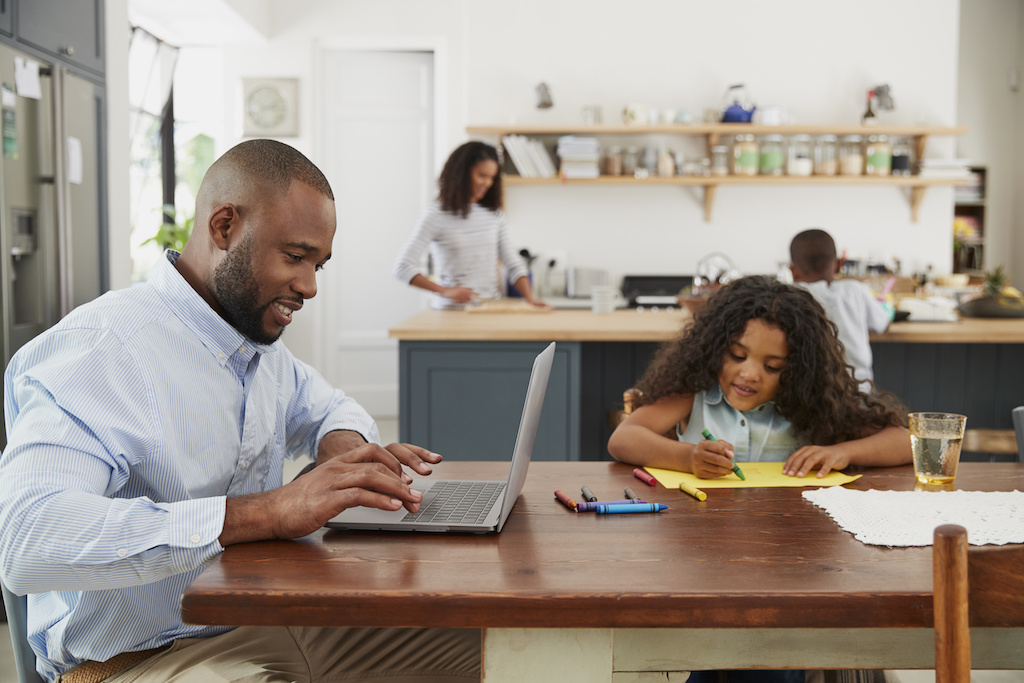Prior to the COVID-19 pandemic, weekday mornings began with the sound of my alarm chirping, usually at 6 am. Leaping out of bed, I would shower, shave, get dressed, and head downstairs for a cup of coffee and bowl of cereal before getting in the car.
Trips in the car ranged from 15 minutes to 2 hours, depending on the location of my meetings that day. A trip to Washington, Philadelphia, or New York by train began with a 30-minute drive to Penn Station in Baltimore. A trip to Florida, Ohio, or Texas by plane began with a 45-minute drive to BWI. My office in Charles Town, West Virginia, was an hour and thirty-five minutes away.
When social distancing and work from home was mandated by governors in the mid-Atlantic region, I continued the pre-travel part of my routine. Eliminating the travel time each morning provided me with more time for reading (generally emails) and writing (generally emails and blog articles). Arising at the same time each day provided me with a sense of normalcy in a world that was anything but normal.
During my 42 years of post-college employment, spending a day working from home was a rarity. Spending a week, a month, or months working from home was unprecedented. My home office, designed for short stays to pay and file bills, lost its appeal after a few weeks. In order to reduce the number of consecutive hours that I spent in the home office, I moved my laptop to other rooms whenever I had a scheduled Zoom, WebEx, or Microsoft Teams call.
My residential street was never a major thoroughfare. But over time, the number of cars passing by my office window has shrunk. However, the number of delivery vehicles passing by and stopping at my home has increased dramatically. As the pandemic has dragged on and infections have spiked again, most of my neighbors and I have increased our use of deliveries.
I never ordered carryout from a restaurant prior to the pandemic. In the spring, summer, and fall, I continued to dine out, but only at restaurants with outdoor dining. This winter, I ordered carryout.
Similarly, trips to the grocery store continued for a while, but the seeming relaxation of shoppers’ mask-wearing and social distancing standards over the summer caused me to order almost all groceries online for pickup or delivery. Books from Amazon continued to arrive, but their delivery was subjugated to many other items being ordered from that vendor.
Had the duration of the COVID-19 pandemic only lasted a few weeks or even months as we initially expected, I think we would have returned to our pre-pandemic shopping habits. I have written about the potential impact of the pandemic on where and how we work, and I believe we will see similar changes in our shopping and dining habits. Stores and restaurants won’t go away, but I’m willing to bet that there will continue to be more deliveries and more takeout than we had pre-COVID.
Lastly, the percentage of people working from home at least two days a week is expected to permanently increase. The increase in the number of people working from home during the COVID-19 pandemic has already impacted choices in housing. With the benefit of low mortgage rates, the number of people working from home, and children attending school from home, realtors have reported a shortage in homes available for sale, particularly houses with space for one or two home offices.
Also, housing additions and renovations are adding to the demand for lumber, generating higher than normal inflation. If the U.S. does not reach herd immunity until 2022, I expect many of these changes to become permanent.











